Pocket watches were a popular way of keeping time throughout the 18th and 19th centuries. They had a lot of technical advantages over other timekeeping devices at the time, such as convenience and accuracy.
Pocket watches became more common than wrist watches starting in the 1880s. There are still some people who swear by their pocket watches because they argue that they are more accurate than any digital watch.
But it’s not just about accuracy, there is also a fascinating history behind these beautiful pieces. Here you will find some fascinating facts about this ancient invention.
Contents
What is a Pocket Watch?
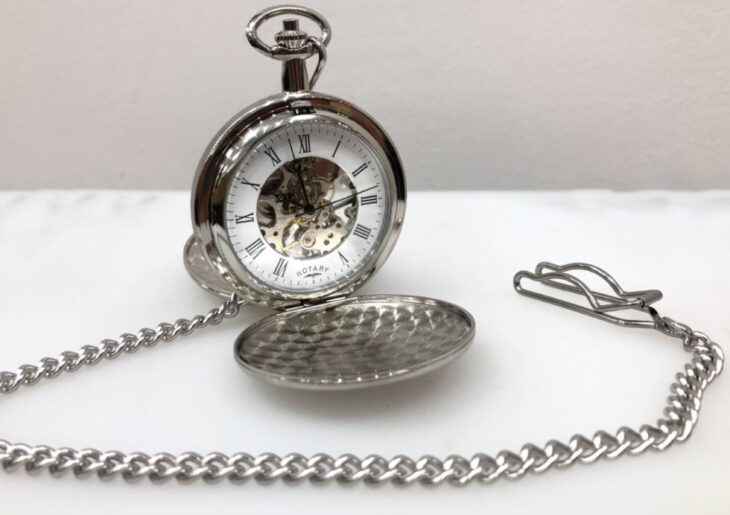
Source: morrisbywaterlimited.co.uk
A pocket watch is a timekeeping device typically carried in a pocket, hence the name. They are also called waistcoats. Pocket watches became more popular than wrist watches starting in the 1880s.
Pocket watches were used by people who needed to know the time at all times, such as doctors and businessmen. Today, they are mostly used by collectors and people who need to tell accurate time during certain occasions like when hunting or fishing.
There are many different types of pocket watches out there, but they typically feature an analog display that shows hours and minutes using hands or dials. Some have additional features like alarms or stopwatch capabilities. The clock’s face would be protected by a glass crystal over top of it. Visit pocket-watch.net and check some amazing pocket watches on this website.
How did pocket watches come to be?
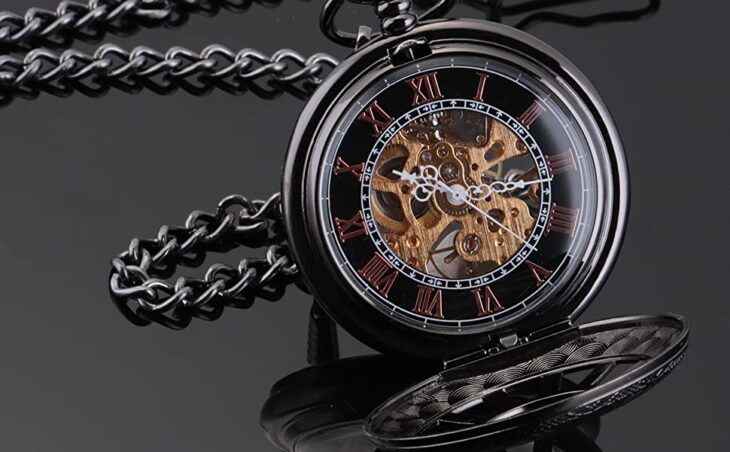
Source: amazon.com
Pocket watches were first invented in 1510. They became widely popular in the eighteenth century, although wristwatches eventually replaced them.
The pocket watch is one of the earliest forms of portable timekeeping devices, and was invented by Peter Henlein around 1510 in Nuremberg, Germany. It consisted of a timepiece with an attached chain so it could be suspended from a belt or waistcoat.
Henlein’s “Nürnberger Pfennig” had two hands, one at the top to show the hours and minutes and another at the bottom for seconds. The dials were set into an engraved steel plate which was pierced with holes to mark the hours.
This enabled people to tell what time they had been told to meet someone without needing a clock or church tower nearby. In some countries, such as Italy and England, pocket watches were carried on a chain or cord that passed over the wearer’s head or around their neck.
Why were pocket watches popular?
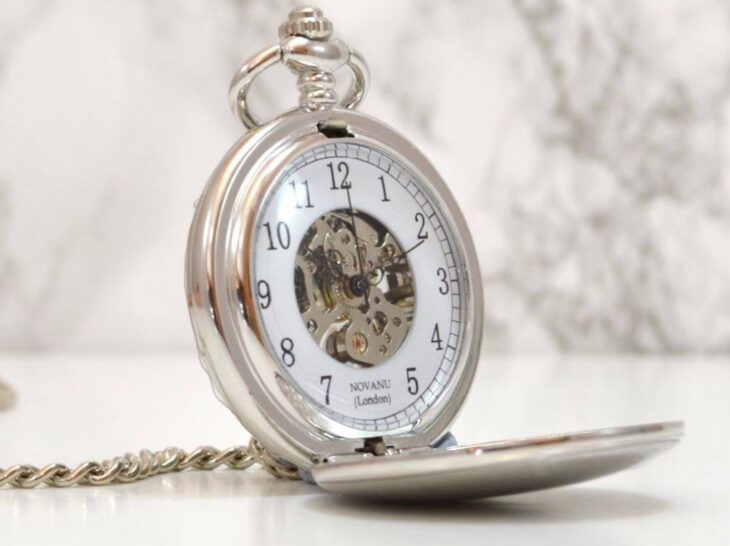
Source: notonthehighstreet.com
One of the reasons pocket watches became more popular than wristwatches is because they were accurate and convenient. The pendulum, which was used to create an accurate timekeeping device, was located in a pocket watch. This meant you could carry your watch with you and know what time it was without having to refer to a clock or other timekeeping device.
Many people believe that the invention of the wristwatch in the 20th century became popular because they were cheaper and more accurate than their predecessors. It is said that soldiers during World War I would wear their pocket watches on one arm and a wristwatch on the other to have an accurate way of telling time while still being able to use both hands for fighting.
However, there are still some people who prefer them for these reasons: Some say that they can be more accurate since they are not affected by sun exposure or sweat, which can affect digital watches. Others argue that they are easier to read because they have larger dials and hands than modern wristwatches.
A lot of vintage lovers prefer them over digital watches because they find them beautiful or sentimental.
Who used these watches, and why?
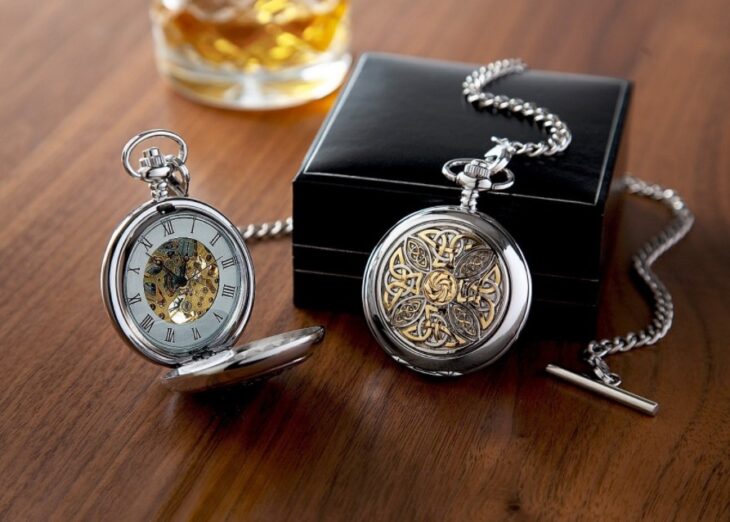
Source: giftdiscoveries.co.uk
Pocket watches were originally commissioned as a way to be more accurate than other timekeeping devices. People used them for many purposes, from designing their day to managing their business.
The first pocket watches made had a chain looped around the belt to carry them conveniently. They were usually worn on a man’s coat, and had a small compartment in which they could keep the watch clean and dry while not in use.
These watches were also far more accurate than other timekeeping devices at that time, such as a sundial or hourglass, so they quickly became popular among business people who needed to manage their schedules with absolute precision.
In fact, some entrepreneurs would make it part of their business plan to always carry a pocket watch with them at all times because it would show potential clients how reliable they were!
What are some other facts about pocket watches you should know?
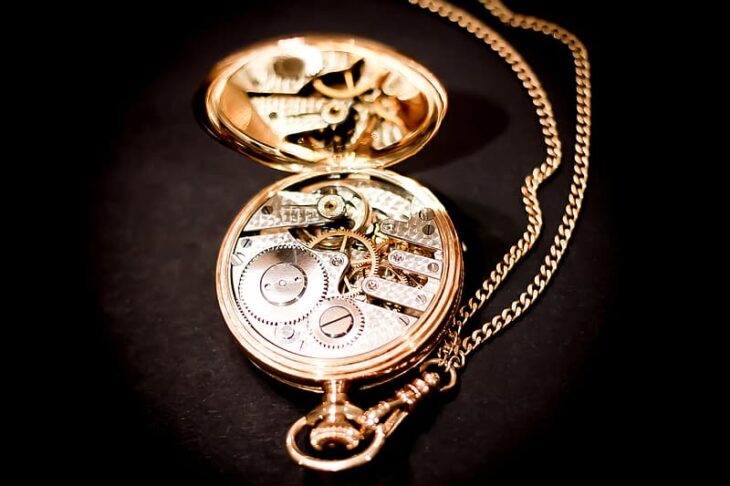
Source: pikrepo.com
There are plenty of other little-known facts about pocket watches you might not know. Pocket watches were the most common way of telling time until around the beginning of the 20th century. So, if you’re ever in a debate with someone over whether they need to wear their watch on their wrist or not, you can remind them that there was once a time when it was more standard to wear a pocket watch.
In the 1800s, pocket watches were often used as a form of jewelry because they were so well-made and beautiful. This is one reason why many people today still wear them despite their popularity waning over time.
Pocket watches have been around since ancient times and have been in use for centuries. In fact, some believe that the first pocket watches came from China in the 1600s during the Ming dynasty.
A Swiss man named Peter Henlein is credited with inventing the first mechanical watch in 1510 after he had an idea for using springs during his work at Nuremberg’s Clock Tower. The idea was inspired by a broken spring that he noticed while he was repairing clocks for a living at the tower.
Conclusion
Pocket watches were a handy device that allowed people to tell the time without needing to pull out a pocket watch. It was a prominent fashion accessory, and it also served as a status symbol for many of its wearers. The pocket watch you choose to buy and then wear on your person is your statement to the world of who you are and what you value.
